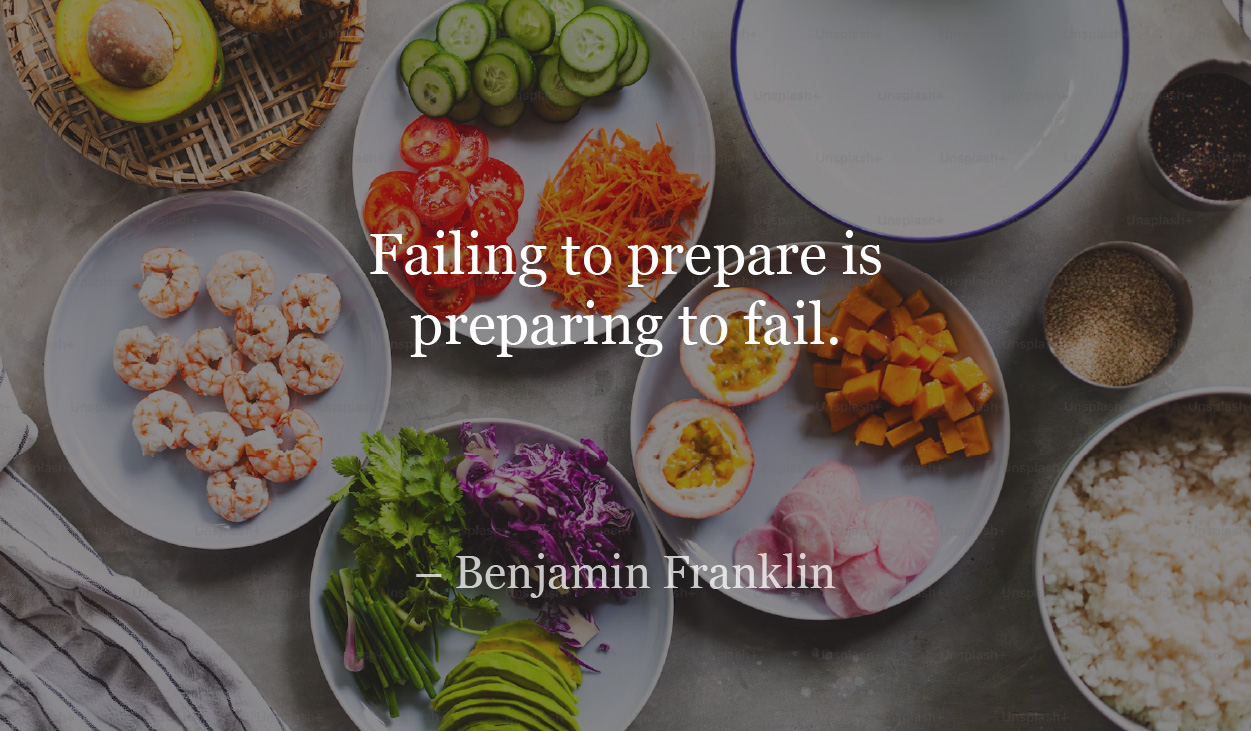You want to be a Reiki teacher.
But, you’re not sure where to start or even how to approach the session. You’ve barely found balance yourself. Yet, the urge to help others pushes you satisfy this noble but challenging desire.
Being a Reiki teacher isn’t only about sending energy.
It’s about being:
- Present.
- Intuitive.
- And having integrity.
Without them, you turn the loving energy of Reiki into a mechanical process. And you don’t want that. Neither for you, nor for your patient.
That’s why…
You should prepare to conduct a meaningful session.
This doesn’t mean striving for perfection…
And getting stuck in self-doubt and overwhelmed.
It means taking time to put together a few common-sense elements to grow more aware of the student’s needs while ensuring your well-being before and after the session.
The 9 Steps I Use Before Practicing Reiki On Others
Beginning Of Session
1. Clear the space – This is an essential part of any Reiki session, even though it might look unnecessary. Still, just like you feel comfortable in a clean and tidy house, so does the energy.
- Activate Cho Ku Rei + Sei He Ki + Hon Sha Ze Sho Nen + Dai Ko Myo on the walls, in each corner, on the ceiling and on the floor. Call upon the universal energy to cleanse the room and fill it with pure light. Enhance the process by activating the same sequence in the center of the room.
- Play high-vibrational music (432Hz or 528Hz) to set the mood and dissolve any negative programs and/or energies still present in the space.
- Heat/burn incense like myrrh or frankincense to repel malevolent entities and dissolve low-vibrational energies.
2. Charge yourself with Reiki – Activate Reiki symbols on your chakras. Use the cone or sphere of light and invoke the flow of universal energy with the intention to cleanse your energy fields and add a layer of protection.
3. Review the student’s needs – Make sure you prepare as much as possible. The more you know about your student, the easier it will be to channel the universal energy, find the right symbols, and tailor the session for their greater good.
During Session
4. Listen to the energy – Tap into the wisdom of your guardian angle or spirit guides to look for helpful insights. Sometimes, you receive unexpected messages unique to your patient’s needs.
5. Follow your intuition – Be aware of the changes in vibration to adapt your practice on the go.
6. Let Reiki guide you – Intention is key. But, at one point, it’s best to follow your Reiki spirit guides and the universal energy. This will translate through heightened awareness and clear intuition.
End Of Session
7. Seal the process – As you come closer to the end of the session, activate a large Cho Ku Rei between you and your client. Add Raku to separate your energy from the student and crystalize the healing process.
8. Share observations – Now it’s time to open your eyes, ground yourself, and return to the present. Ask your patient about their experience and share your insights. Look for connections, vulnerabilities, or visions they can use to improve their life.
9. Observe yourself – Once the patient has left the room, take a couple of minutes for yourself. Disconnect from their energy but also asses your performance. Is there something you missed? Was there a better way to communicate? Would you change something next time?
Working With Others Is A Sacred Act
Just like doctors follow the Hippocratic Oath…
You should respect this Divine moment. Come in with your best intentions, a clear mind, and with a genuine desire to be in the service of Divine guidance.
Being a Reiki teacher isn’t a walk in the park.
Great things require effort and dedication.
But, you’ll be rewarded for your effort.
